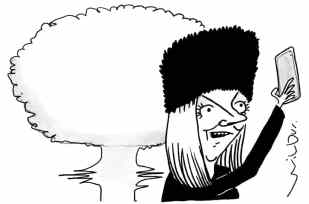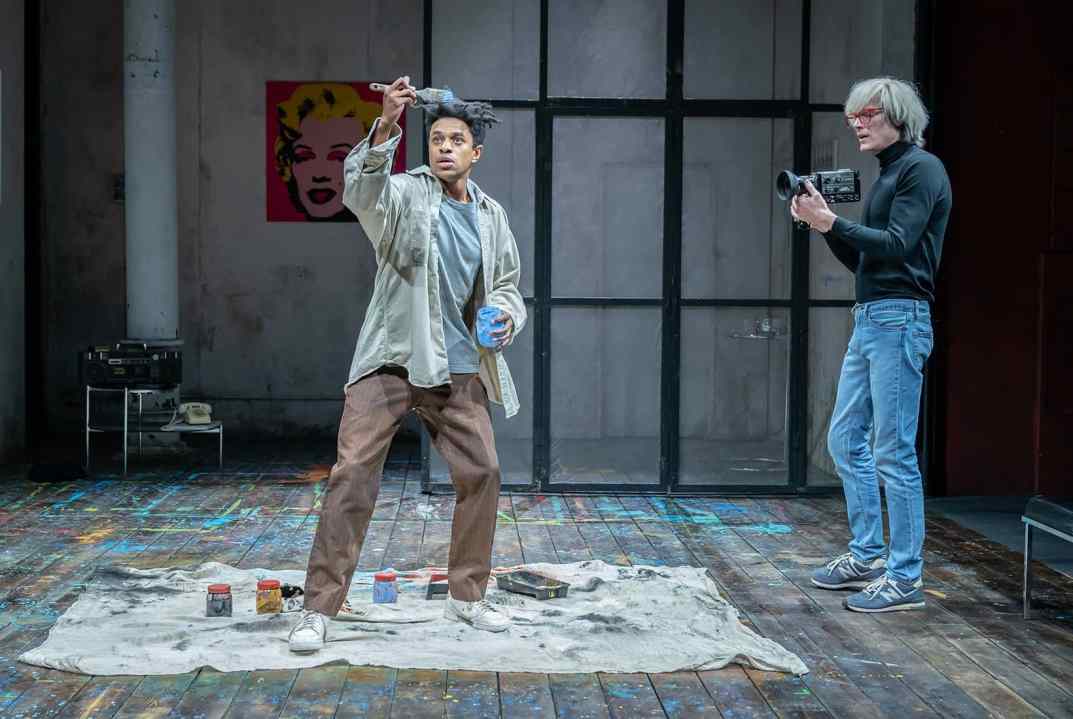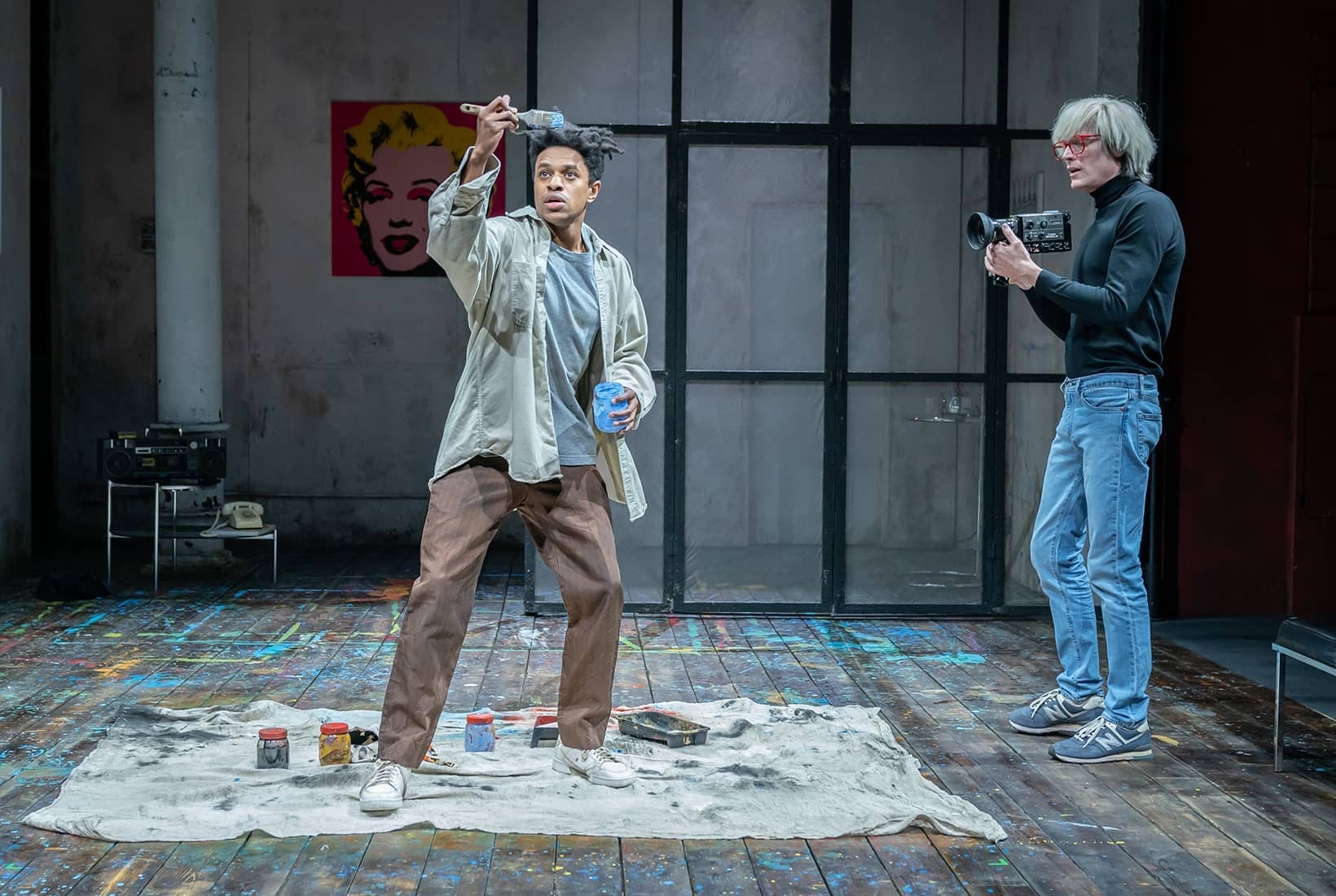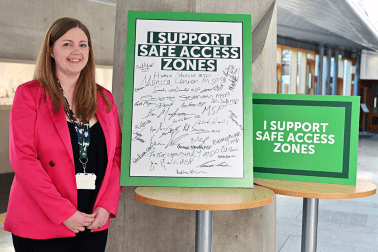The Collaboration is set in the 1980s when Andy Warhol teamed up with the painter Jean-Michel Basquiat to create bad art and flog it to idiots. The play unfolds like a documentary and we meet the real-life Warhol. In interviews he rarely said more than ‘yeah’, or ‘cool’, and he explains that this taciturn style was a defence mechanism developed in his youth to protect him from homophobic bullies who found his camp voice offensive.
He comes across as a true original, a brilliantly witty charlatan, a philosopher in a minor key. ‘Where does time go?’ he asks. ‘And why does it keep going there?’ He predicts that within a few decades (i.e. about now) the world will be owned by three mega corporations in whose service all humanity will blindly toil. He’s more or less spot-on. He suffers pain in his abdomen caused by a colleague, Valerie, who shot him. ‘That was so rude.’ He makes no bones about his role as a conman and he sees art as an elaborate hoax played on the curators, the buyers and the fans. All he wants is ‘to make art that forces people to ignore it’, and he quotes with approval a critic who damned his career as ‘nothing itself’. This amuses and puzzles him. ‘Like it’s a bad thing?’

In Act Two he’s confronted by Basquiat’s noisy girlfriend who wants to sell a fridge that bears a few valuable doodles by Basquiat. Warhol offers her $5,000 but he doesn’t carry cash, like the Queen, so he has to borrow it from Basquiat who stores his money in a different fridge. This yarn is hilarious, and believable, but the narrative veers off course when a colleague of Basquiat is injured and hospitalised. The fate of this unseen character overtakes the action but we never meet him so we don’t care if he lives or dies.









Comments
Join the debate for just £1 a month
Be part of the conversation with other Spectator readers by getting your first three months for £3.
UNLOCK ACCESS Just £1 a monthAlready a subscriber? Log in